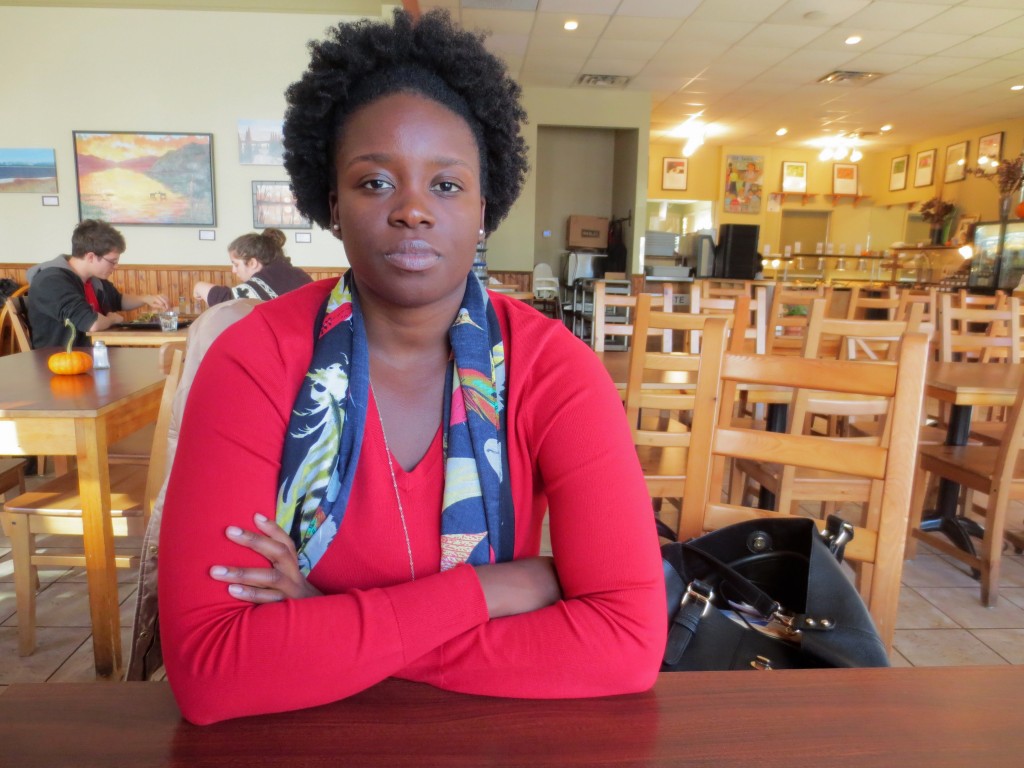Residents of Thunder Bay are 5 times more likely to get kidnapped or held against their will than residents of the Canadian ‘violent crime capital’, Winnipeg.
The northern Ontario city’s kidnapping and forcible confinement rate was 26 per 100,000 people last year. That is the highest rate per capita of major cities in Canada according to an analysis of Statistics Canada data. Winnipeg ranks 25th on that same list.
Local resident Linda Douglas works for the Thunder Bay Crime Prevention Council of Thunder Bay. She admits being surprised at the number of kidnappings last year but doesn’t think it’s a huge problem for the city.
“It’s not something you hear about in the 6 o’clock news.” she says.
That is because Thunder Bay’s high kidnapping rate may be a symptom of another underlying violent crime. Most of the kidnapping charges were laid in connection with domestic violence incidents, according to Thunder Bay police.
“We don’t really see any ‘kidnappings’ where someone has been abducted and held,” says Thunder Bay Police spokesperson Chris Adams in an email.
University of Manitoba criminology professor Frank Cormier says the way the Thunder Bay police handles domestic violence echoes a wider trend in the country.
“There’s often another violent crime that’s attached to [the kidnapping/forcible confinement charges],” he says. “Kidnapping acts with a demand for ransom are very rare.”
There is no domestic violence offence under the Criminal Code of Canada. Instead, people arrested in domestic violence incidents are usually charged with uttering threats and assault, among others.
“Kidnappings and forcible confinements are add-on charges,” says Cormier. “Sometimes, the police is going to charge an offender as much as they can. Those charges are typically dropped in exchange for a guilty plea [for the main charge] at the courthouse.”
Domestic violence used to be disregarded by police but all changed in the late 70s, he says. A zero-tolerance policy was brought in so that charges had to be laid by officers responding to a domestic violence call. As a result, the amounts of kidnapping and forcible confinement charges have skyrocketed, says Cormier.
In Thunder Bay, the rate of kidnapping and forcible confinements has been steadily increasing since the late ‘90s, peaking in 2010 with 32 kidnappings per 100,000 people.

In 2013, the police launched a domestic violence unit exclusively tasked with dealing with those situations. That same year, the police reported 278 victims of family violence despite laying only 15 kidnappings and forcible confinement charges.
“We also have one of the highest rates of domestic violence incidents in the province and I would think the country,” says Adams. “Typically, domestic violence issues are very emotionally charged incidents and can be very dangerous for the victims.”
But according to Frank Cormier, that doesn’t justify creating a separate charge for domestic violence.
“At what point does it become a domestic relationship?” he asks. “When the guy goes on a date with the girl and later keeps her from leaving the house? Or do they have to be married?”
The Criminal Code needs less adjectives and descriptions to be effective, he says, because personal ties will typically be considered by the judge during sentencing. Instead, the solution may lie in changing societal attitudes.
“College students used to drink and drive for fun and now it’s viewed as a ‘bad’ thing,” he says. “It’s the same for domestic violence. Today, people don’t make jokes about slapping their wives.”









